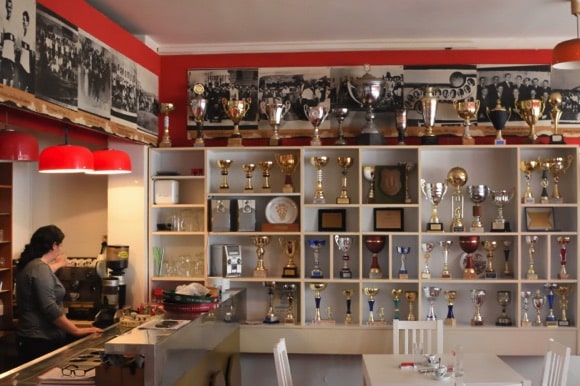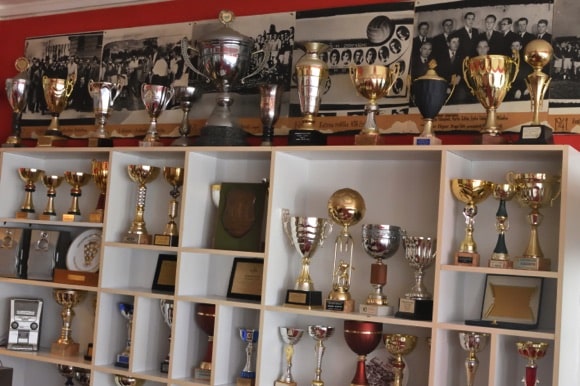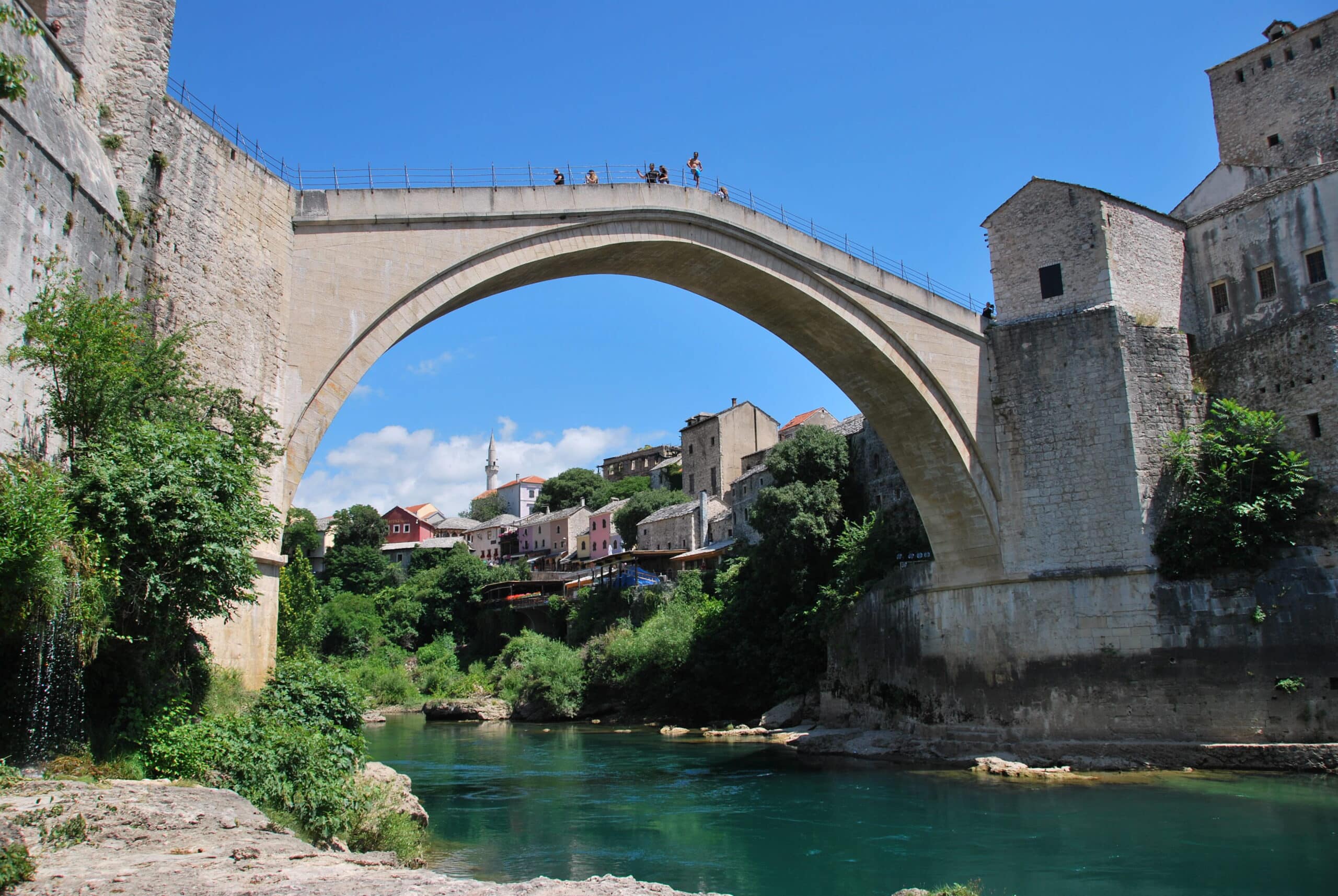A fan’s guide – the club from early doors to today
Record and current league champions Zrinjski Mostar have been the biggest success story of the Premijer liga. With historic links to the earliest origins of the game in Bosnia-Herzegovina, prominent between the two world wars, Zrinjski were banned by the Communist authorities in 1945 for the club’s involvement with the independent league set up by Nazi-backed Croatia.
Reformed in 1992 when Zagreb was seeking to establish control and greater Croatian influence in war-torn Mostar, Zrinjski benefitted from significant financial and political backing to become the leading team in town and, indeed, Herzegovina.
This involved taking over the Stadion pod Bijelim Brijegom, the stadium built for the club Zrinjski usurped. Founded by Communists, Velež once enjoyed popular support across Mostar but their Croat fans flocked to Zrinjski, on the Catholic west side of town, in the 1990s.


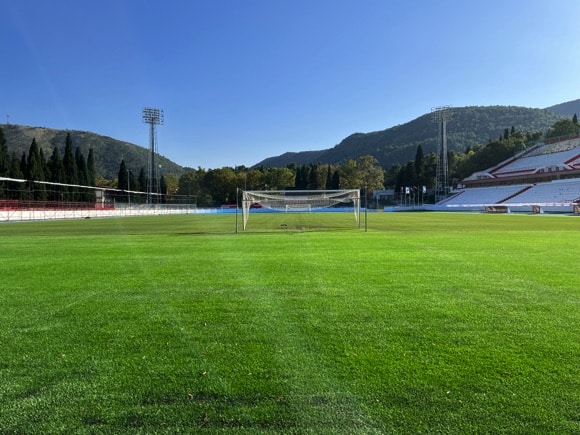
Drafting in a promising talent from Dinamo Zagreb – an 18-year-old Luka Modrić was voted Player of the Year when loaned here in 2003-04 – Zrinjski won a first title the following season. The club attracted the highest gates that campaign, nearly 6,000, as the Ultras Mostar moved over from the West Stand to bring collective support to the Tribina stajanje, the standing section of the Istočna tribina, the East Stand.
European progress proved slow, however, with a debut defeat to Dudelange of Luxembourg, and a whitewash by Partizan Belgrade, the result later reversed because of crowd trouble in Mostar.
In the league, the revived derby with Velež and the newly established one with nearby Široki Brijeg are the stand-out fixtures. In truth though, even with the three-in-a-row titles between 2016 and 2018, the domestic game has lost its attraction, average gates falling below 3,000. A modest run in the Europa League in 2019-20, including a win over Utrecht, pointed to a future beyond the limitations of left-over ethnic grievances.

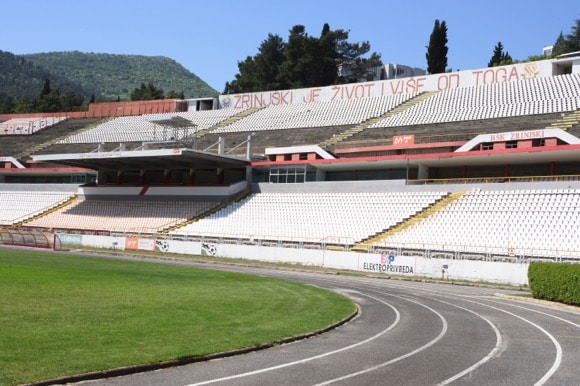


Under much-travelled, Mostar-born manager Sergej Jakirović, brought in around Christmas 2020, Zrinjski picked up, racing ahead in the 2021-22 campaign to win a 12-team league by 25 (!) points. Key to this domestic domination was striker Nemanja Bilbija, who broke all records with his 33 goals that campaign.
Early on in 2022-23, Bilbija became the top league goalscorer of all time, despite having spent five seasons in Serbia. Notching another 24 in the Premijer liga that season, the former international led Zrinjski to a second consecutive title by a massive margin, although the club had been forced to replace the Rijeka-bound Jakirović the previous November.
Under the incoming Krunoslav Rendulić, Zrinjski also did their first double, made that much sweeter as the opposition was city rivals and holders Velež. The west side of Mostar prevailed 1-0 at neutral Zenica.

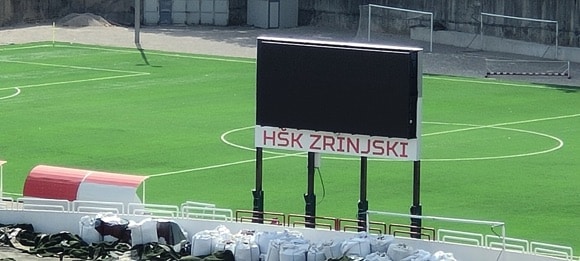


Another precedent was set early in 2023-24 when Zrinjski became the first club from Bosnia-Herzegovina to reach the group stage of a European competition. They did so both by merit – beating Iceland’s Breidablik in the Third Qualifying Round of the Europa League – and by default, the narrow Play-Off Round defeat to Linz putting them into the Conference League. A Bilbija goal in each leg wasn’t quite enough to better the Austrians.
The Herzegovinians got off to a flying start with a sensational comeback at home to AZ Alkmaar. Trailing 3-0 at half-time, Zrinjski pulled one back through man-of-the-match Zvonimir Kožulj, whose deft winner capped a memorable night at the Stadion pod Bijelim Brijegom.
The Mostar side almost pulled off another shock by holding Aston Villa 0-0 at Villa Park in the next game, before a stoppage-time header from John McGinn decided the tie.

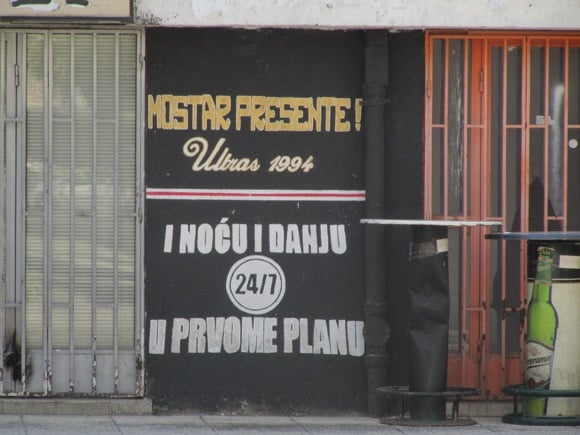
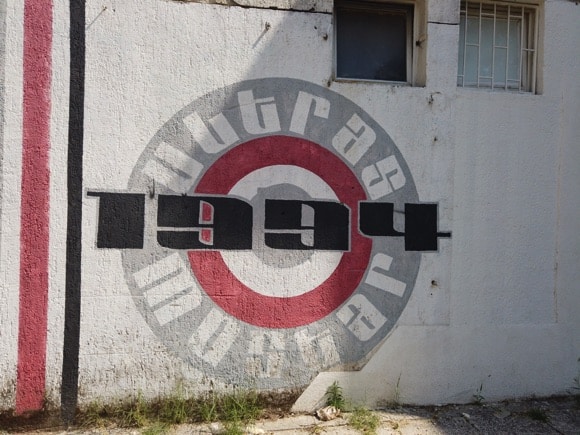
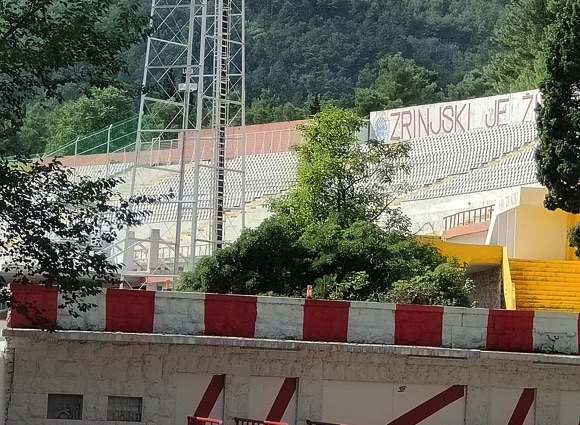
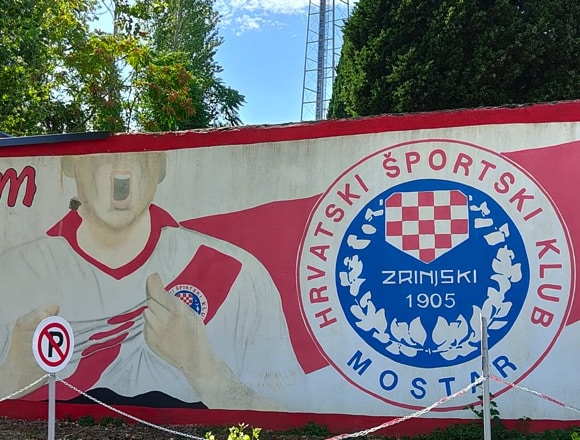
Stadium Guide
The field of dreams – and the story behind it
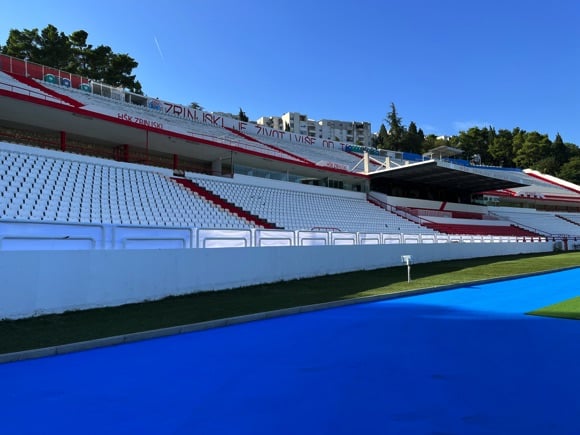
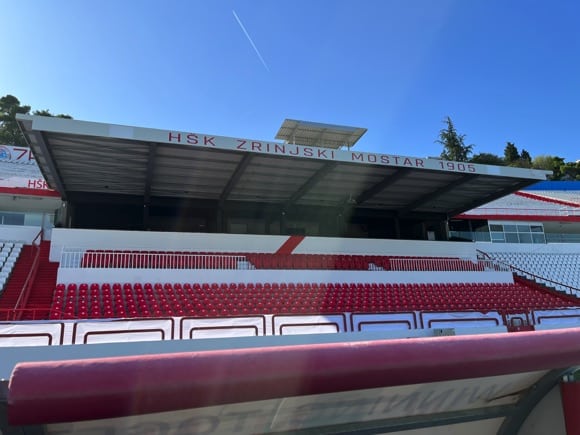

Renovated in 2023 before Zrinjski’s debut in the group stage of European competition, Stadion pod Bijelim Brijegom (‘Stadium Under White Hill’) now features hybrid grass and LED scoreboards. A capacity of 9,000 is way more than the modest demands of the domestic league require, but should attract more international fixtures to Mostar, particularly given the recent demise of NK Čelik, host club at the preferred venue of Zenica.
The stadium is steeped in European football lore – this is where soon-to-be English champions Derby were put to the sword in late 1974 – but that pre-1992 heritage belongs to Velež Mostar. Built for the preeminent side of the Tito era, partly by students and volunteers, the Stadion pod Bijelim Brijegom found itself on what was the Croat side of the city during the war that broke up Yugoslavia. Bijeli Brijeg is an elevated Mostar district west of the Neretva river, which now divided the city between Croat and Bosniak.



Despite disgruntlement elsewhere in Bosnia, not to mention on the east side of Mostar itself, Zrinjski moved into the stadium once a post-war Bosnian league got going. Velež first had to make do with playing in Zenica, and were then built a more modest ground, the Rođeni, north of the city centre.
What this also meant was that locals derbies became ferocious, although it was usually record league winners Zrinjski who had the upper hand.
The Ultras Mostar bring collective support to the Tribina stajanje, the standing section of the Istočna tribina, the East Stand. The main West Stand, Zapadna tribina, is cut into the hillside after which the stadium is named. Away supporters are allocated a sector there, usually comprising 300-400 seats for major European fixtures, a few carloads for domestic games.
A roof protects press and VIP from the elements, otherwise the ground is uncovered, and open at either end behind the goal. A running track separates the long sideline stands from the action.
getting here
Going to the stadium – tips and timings

The stadium is a 10-15min walk from Mostar West bus station, turning right down Vukovarska then Hrvatske mladeži. Buses 1, 3, 4 and 5 call at the nearest stop, Ekonomska škola, but weekend services are few.
From town or the train and main bus stations, it’s a 15-20min walk from the river, straight down Mostarskog bataljona/Kralja Zvonimira or Kardinala Stepinca. A taxi should cost around 8KM/€4.
getting in
Buying tickets – when, where, how and how much

Admission is an across-the-board 5KM/€2.50 on the day, cash-only. For major European games, this may rise by a couple of Bosnian marks but will still be affordable. Availability, even for the city derby and visits of big-name foreign sides, shouldn’t be a problem.
what to buy
Shirts, kits, merchandise and gifts
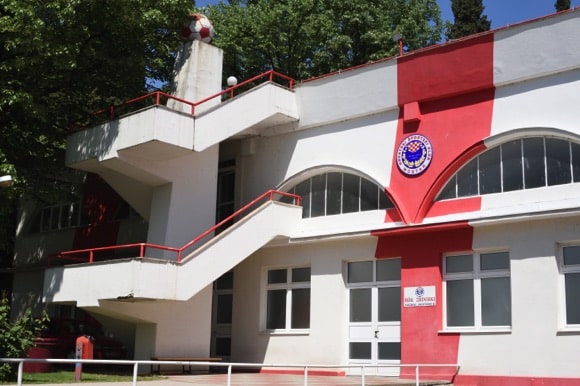
Halfway between the train station and the stadium, the Fan Shop Zrinjski (Kralja Tvrtka/Brune Bušića, Mon-Sat 9am-9pm) stocks the club’s current Peru-style shirts and a range of stylish T-shirts. Many feature the Croatia motif – not the wisest item to wear around the Bosniak side of town.
Where to Drink
Pre-match beers for fans and casual visitors






Towards the stadium, casual drinking options line the main roads of Stjepana Radića and Kralja Tomislava, where you’ll find lively bars The Rebels Pub – dedicated fans of the Peaky Blinders – and TV-equipped Mali Puž.
Closer to the ground, at Kralja Petra Krešimira IV 31, Charlie Bar & Snack makes fancy coffees and cocktails but can just as easily provide pre-match beer.
North of the stadium, on Stjepana Radića, Tećo, serves superior sandwiches and bottled beers by Mostar craft brewers Cooltura, including Amber, APA and Smoked. Its terrace overlooks the north end of the ground where, just inside, a modest café is lined with old photos and shelves of trophies.
